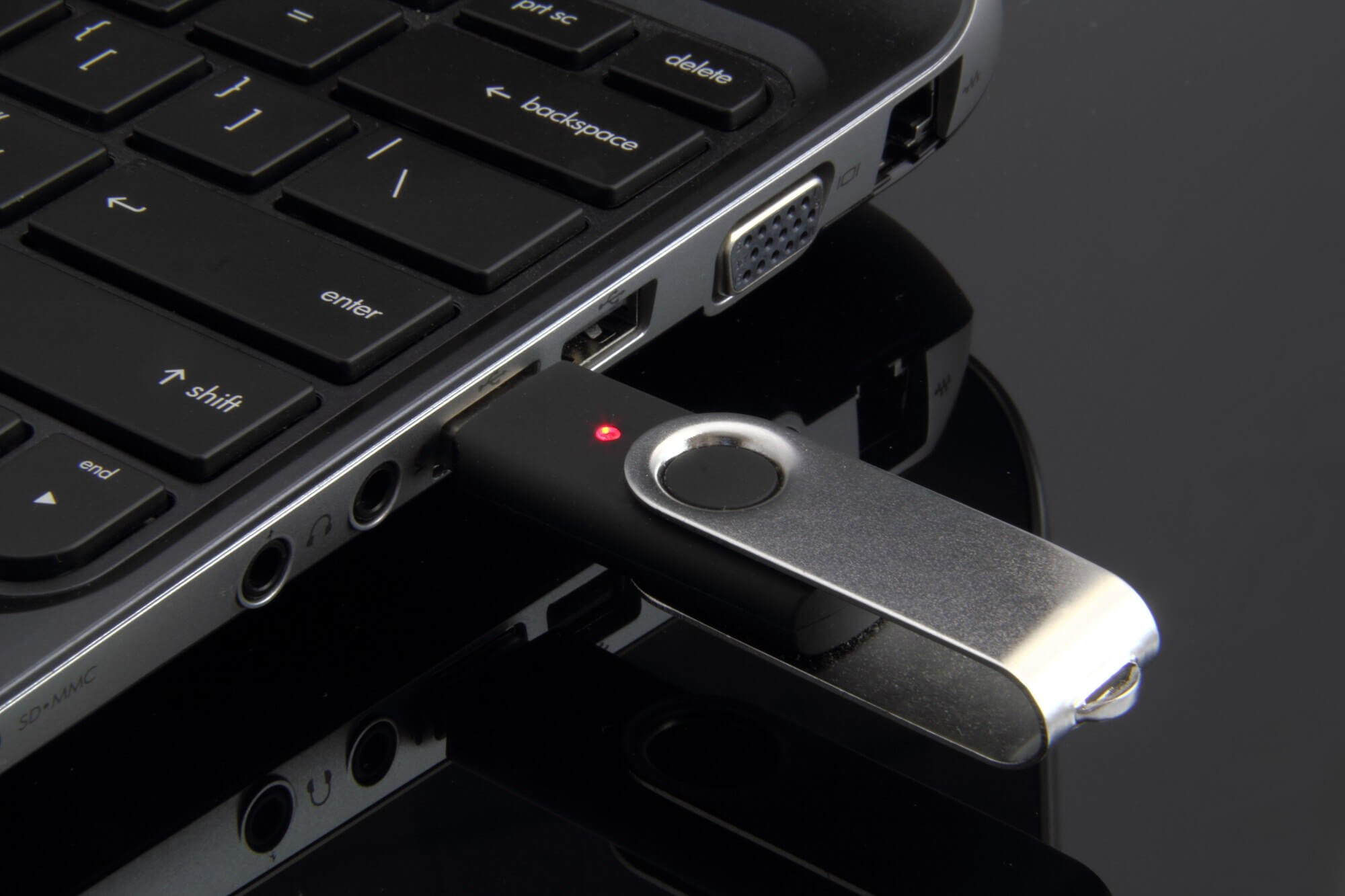In brief: Do you have a devil-may-care attitude when it comes to removing USB sticks and hard drives, preferring to pull them straight out of a PC rather than ‘ejecting’ them? Soon, you won’t have to worry about the possibility of corrupted files, as Windows will allow you to remove storage devices at any time.

We’ve long been warned that failing to use the ‘Safely Remove Hardware’ process before pulling out a USB device such as a flash drive (pendrive), thumb drive, and Thunderbolt-enabled external drive could cause data loss, corruption, or even mechanical damage. But Microsoft has announced that this won’t be the case starting with Windows version 1809.
The default policy for current versions of Windows is to use the ‘Better Performance’ option, where Windows can cache write operations to the external device, increasing the speed of data transfers. Using the Safely Remove Hardware icon makes sure all cached operations finish, thereby protecting your data when removing a drive.
In the Windows 10 update, the default option changes to ‘Quick Removal,’ which, as the name suggests, lets you yank a USB storage device out safely at any time. This is possible as Windows does not cache disk write operations, but that means performance could take a hit.
Users who prefer to prioritize performance and want to stick with the long-used policy can switch back to the current option, though this must be done for every USB device. You can read the full instructions on how to do so here.
Image credit: MrIncredible via Shutterstock
https://www.techspot.com/news/79551-windows-10-about-change-safely-remove-usb-drive.html